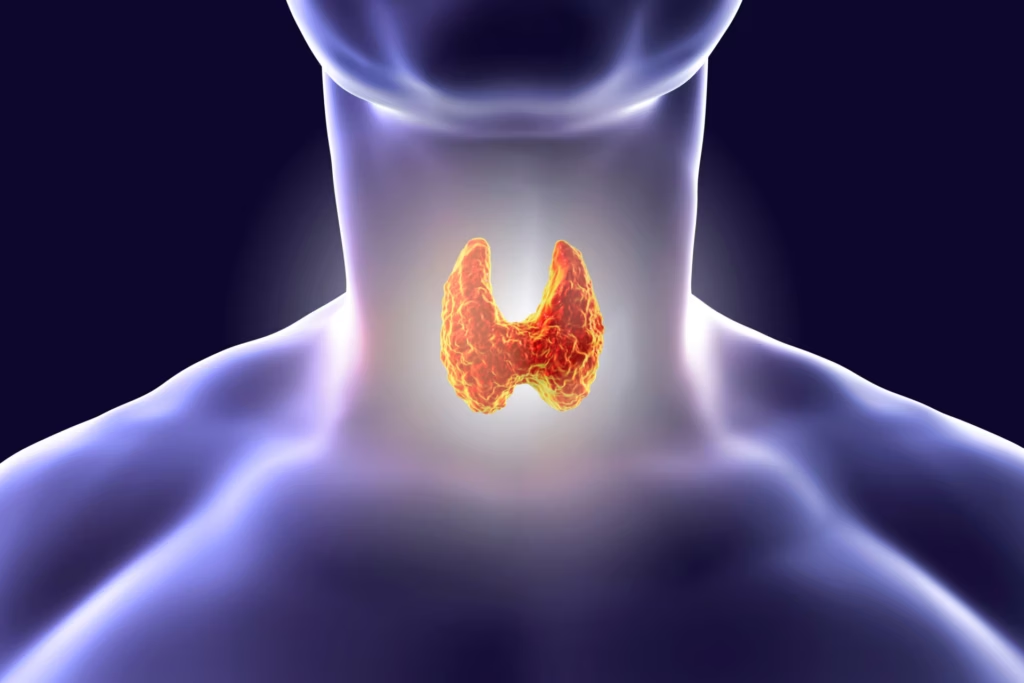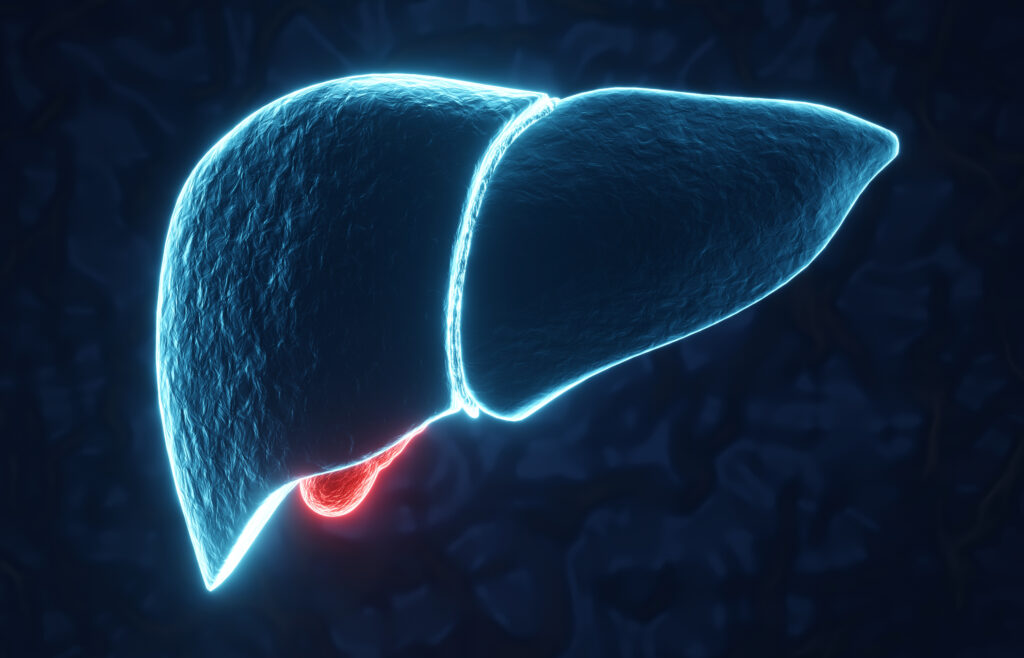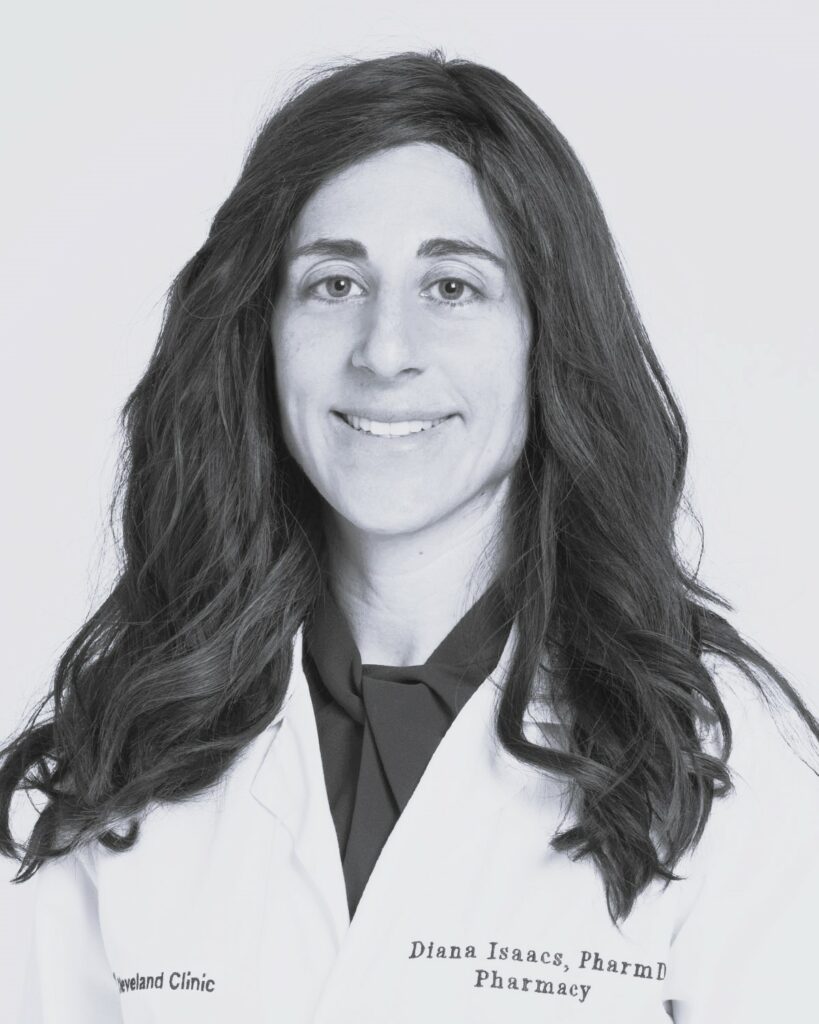Search Results
Showing Results for personalized medicine

Thyroid eye disease (TED), also known as Graves’ orbitopathy, is a complex autoimmune disorder driven by an interplay of immune cells, orbital fibroblasts and tissue remodelling factors that lead to inflammation, oedema and, ultimately, potential vision loss.1 While the disease ...

Dr Svenja Nölting shares how her international experiences and dedicated mentors shaped her career in neuroendocrine oncology, discusses the profound impact of hormones on the body, and highlights the future of precision medicine in tailoring treatments for endocrine disorders.

Article highlights There is growing clinical importance attributed to the development of metabolic dysfunction-associated steatotic liver disease in people with type 2 diabetes (T2D). Numerous international groups now advocate screening for advanced fibrosis in people with risk factors, such as ...

It is with great pleasure that we present this latest issue of touchREVIEWS in Endocrinology, which brings together a diverse array of high-quality articles focused on the evolving landscape of endocrine disorders. The importance of patient-centred care is exemplified in ...

The pioneering work carried out by the French scientist Alfred Jost in the mid-20th century clearly showed that, in the mammalian foetus, the internal and external genitalia virilize whenever the undifferentiated gonads develop into testes, whereas they undergo the ...

Prof. Brose explores how individual patient profiles underpin personalized medicine in thyroid cancer.

Acromegaly is a rare, slowly progressive, acquired disorder that affects adults. It occurs when the pituitary gland produces too much growth hormone (GH). touchENDOCRINOLOGY were delighted to speak with Prof. Thierry Brue (Aix-Marseille University, Marseille, France) about the current treatment ...

The American Association of Clinical Endocrinology (AACE) recently released a comprehensive and updated guideline on the prevention and management of diabetes.1 The guideline is aimed at assisting healthcare professionals in delivering person-centred optimal care at different phases of diabetes. The ...

Nutrient-stimulated gastric inhibitory polypeptide (GIP) (known as either gastric inhibitory polypeptide or glucose-dependent insulinotropic polypeptide) or glucagon-like peptide (GLP-1), are secreted by K and L cells, respectively, in the upper segment of the small intestine and throughout the intestine. For ...

Craniopharyngiomas (CPs) are rare, benign, epithelial tumours of the sellar and parasellar regions arising as embryonic malformations along the pathway of the craniopharyngeal duct.1 They have an incidence of 0.13 per 100,000 per year to 0.5–2.0 per million per year and are classified ...

Welcome to the latest issue of the newly-renamed touchREVIEWS in Endocrinology, previously European Endocrinology. The decision to rename and widen the reach of the journal has been taken after a great year for touchENDOCRINOLOGY, and we feel that in an ...

The American Thyroid Association 89th annual meeting The ATA’s 89th annual meeting will be held at the Sheraton Grand in Chicago, IL, USA, from October 30 to November 3, 2019. The meeting program this year is co-chaired by Dr Antonio Di Cristofano ...

Q. What is your opinion on the major recommendations of the current ADA guidelines for type 2 diabetes prevention? The key recommendations are as follows: consume less than 10% of your calories per day from added sugars; consume less than 10% of your ...

Extrathyroidal production of the active form of thyroid hormone, T3, via deiodination of thyroxine (T4) provides physiologic justification for the treatment of hypothyroidism with levothyroxine (l-T4) “monotherapy”;1 T3 production outside of the thyroid gland is mediated largely by the type 2 ...

Welcome to the latest edition of US Endocrinology, which features a wide variety of articles covering several topics of interest to endocrinologists, as well as the wider medical community. Following recent media coverage about the increasing prevalence of diabetes, this ...

Rationale for Development of a New Discipline Lifestyle medicine is a nascent discipline that has recently emerged as a systematized approach for management of chronic disease. The individual elements and skillsets that define lifestyle medicine are determined, in large part, ...

Rationale for Development of a New Discipline Lifestyle medicine is a nascent discipline that has recently emerged as a systematized approach for management of chronic disease. The individual elements and skillsets that define lifestyle medicine are determined, in large part, ...

A convergence of societal change and new reproductive technologies has created a critical need for biomarkers that can accurately predict the duration of a young woman’s remaining fertile years. In essence, a robust marker is needed that can accurately ...
Latest articles videos and clinical updates - straight to your inbox
Log into your Touch Account
Earn and track your CME credits on the go, save articles for later, and follow the latest congress coverage.
Register now for FREE Access
Register for free to hear about the latest expert-led education, peer-reviewed articles, conference highlights, and innovative CME activities.
Sign up with an Email
Or use a Social Account.
This Functionality is for
Members Only
Explore the latest in medical education and stay current in your field. Create a free account to track your learning.

